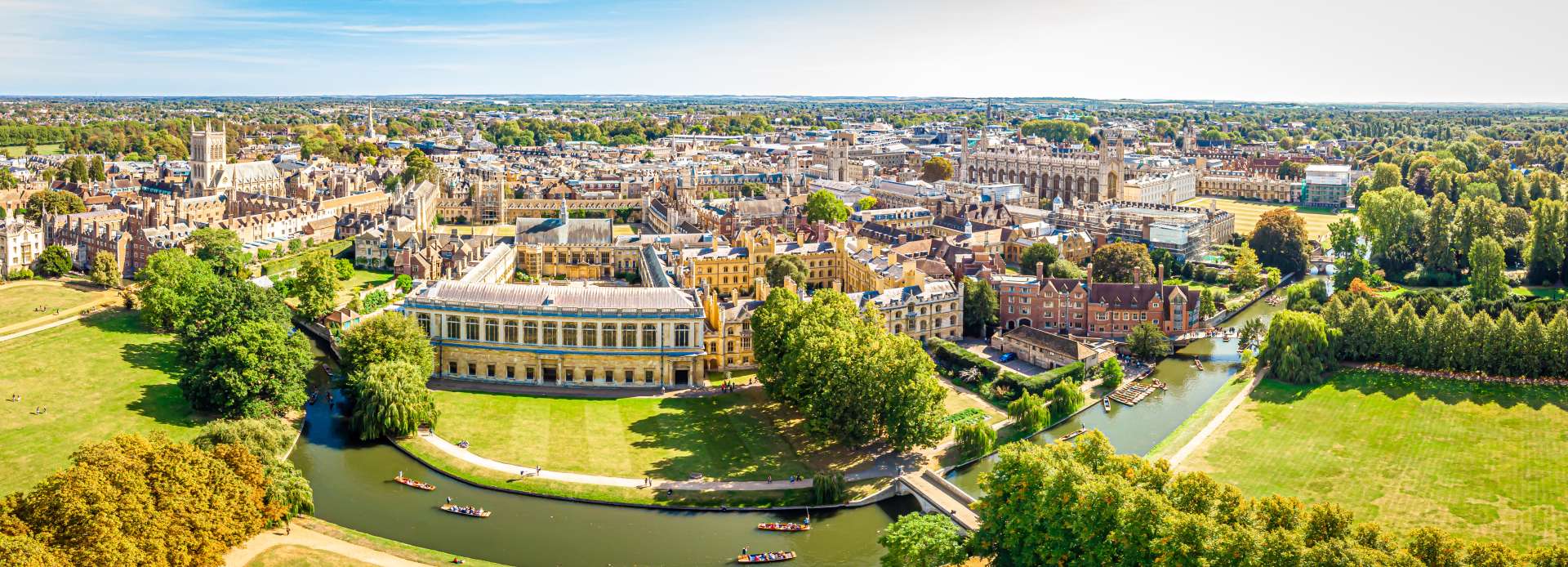
Smithfield Market — London’s Historic Market Hall
Explore Centuries of Trade, Architecture, and Culture in the Heart of the City West Smithfield, London EC1A 9PS
Specification
A Market at the Heart of London for 800 Years
For more than eight centuries, Smithfield Market has been a centre of trade, craftsmanship, and community in Farringdon, just west of St Paul’s Cathedral.
Originally a medieval livestock market, it evolved into a grand Victorian meat market, designed by Sir Horace Jones — the same architect behind Leadenhall Market and Tower Bridge.
Today, its ornate ironwork, glass roofs, and lively atmosphere tell the story of London’s working heritage and enduring spirit.
From Medieval Fairground to Modern Market
The name Smithfield comes from the Saxon “Smooth Field,” once a wide-open space for fairs, tournaments, and public gatherings.
By the 12th century, it became a centre for livestock trade, supplying meat to the growing city.
However, in 1868, the open-air chaos gave way to the covered Central Meat Market, a marvel of Victorian engineering and design.
Its vast halls, decorated façades, and wrought-iron beams reflect the confidence of industrial London.
Therefore, Smithfield became not just a marketplace — but a monument to progress.
Exploring Smithfield Market
1. The Architecture
Smithfield’s grand pavilions are built in ornate iron and glass, typical of 19th-century industrial architecture.
The Central Market, with its colourful façades and decorative arches, remains one of the finest examples of its kind.
In addition, elegant clock towers and ventilation turrets make the building both functional and beautiful — a Victorian cathedral of trade.
2. The Market Today
Although the wholesale meat market still operates in the early morning hours, the area is transforming.
Plans by the Museum of London will see part of Smithfield redeveloped into a vibrant cultural district, preserving its heritage while adapting to the 21st century.
Visitors can still admire the architecture, explore nearby cafés, and feel the hum of a working market in the heart of the city.
3. Stories of the Site
Smithfield has seen both celebration and sorrow.
In the Middle Ages, it was the site of tournaments and executions — including that of Scottish hero William Wallace in 1305.
Later, it became famous for fairs, festivals, and protests — each leaving its mark on London’s memory.
Learn more at the City of London official website
A Market of Many Layers
Smithfield represents London’s evolution — from medieval field to Victorian innovation, and now, to modern regeneration.
Furthermore, it stands beside landmarks like St Bartholomew-the-Great and the Old Bailey, linking faith, justice, and commerce across centuries.
Walking through its arcades, you sense not only history — but the heartbeat of a city that never stops trading.
Visiting Smithfield Market
How to Get There
Address: Grand Avenue, London EC1A 9PS
By Tube: Farringdon (Circle, Hammersmith & City, Metropolitan, Elizabeth lines).
By Train: Farringdon Station — 3-minute walk.
By Bus: Routes 56, 63, 341 stop nearby.
Opening Hours & Admission
Open early mornings Monday to Friday (approx. 2 am–8 am). Free entry.
Facilities
Cafés and restaurants nearby
Step-free access throughout
Guided heritage tours available
Nearby Attractions
St Bartholomew-the-Great: London’s oldest parish church.
Old Bailey: Central Criminal Court with Lady Justice dome.
Museum of London: Roman to modern city history.
Charterhouse: Medieval monastery and almshouse complex.
Together, they form the Historic Smithfield Heritage Trail.
Why Visit Smithfield Market?
The Smithfield Market experience captures the essence of London — history, architecture, and community intertwined.
It’s where the city’s working-class past meets its creative future.
Whether you come for the architecture, the stories, or a dawn visit to the market itself, Smithfield remains one of the most authentic corners of historic London.
It’s not just a market — it’s the living heart of London’s trade and transformation.

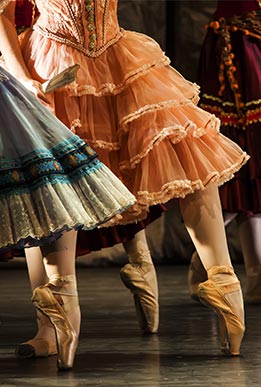
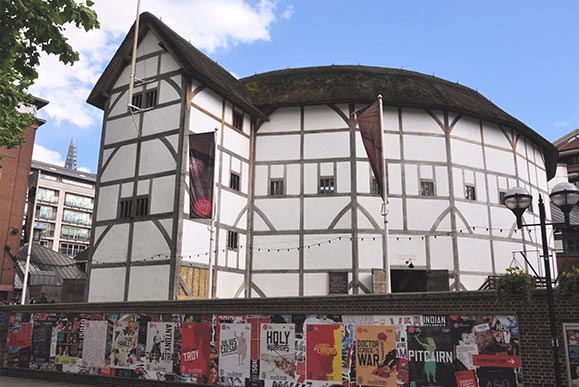
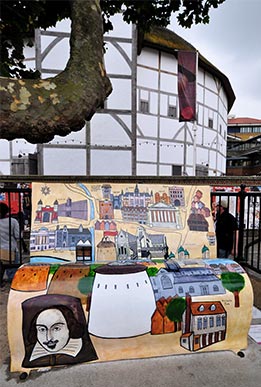
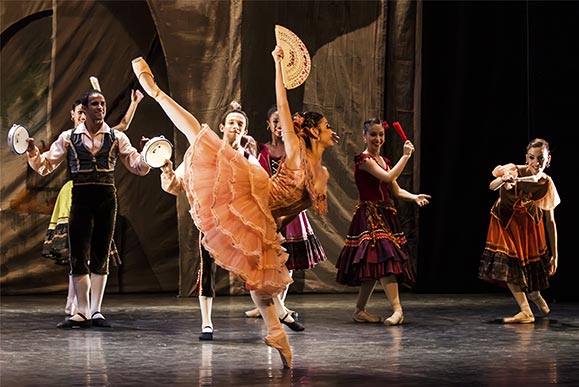
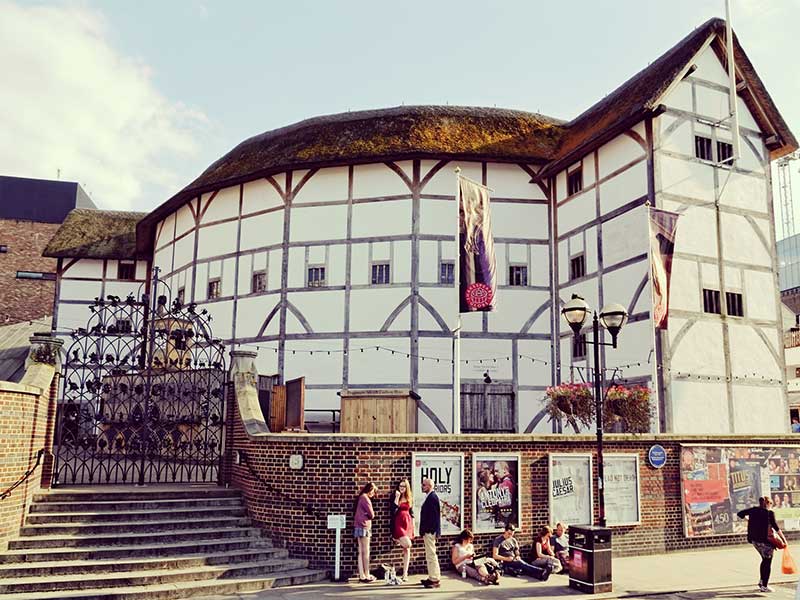
No Reviews